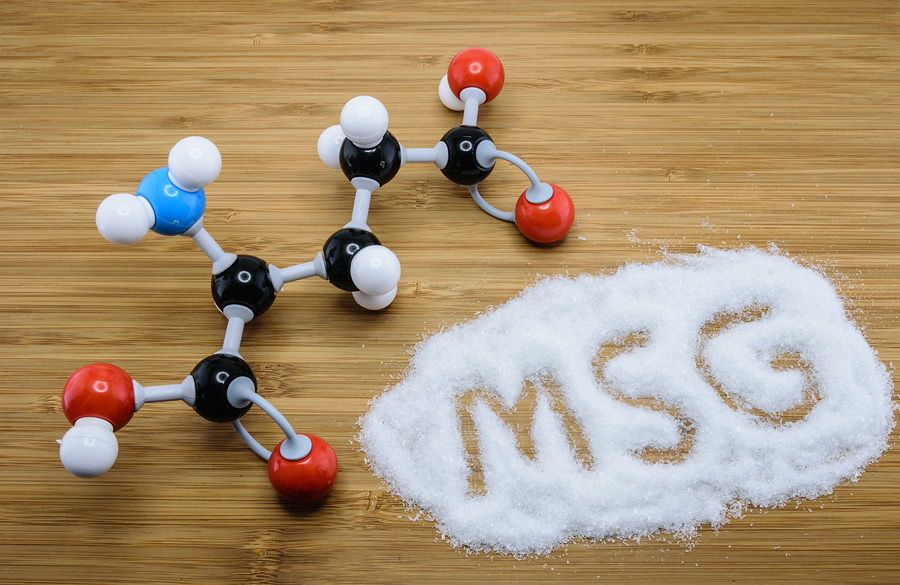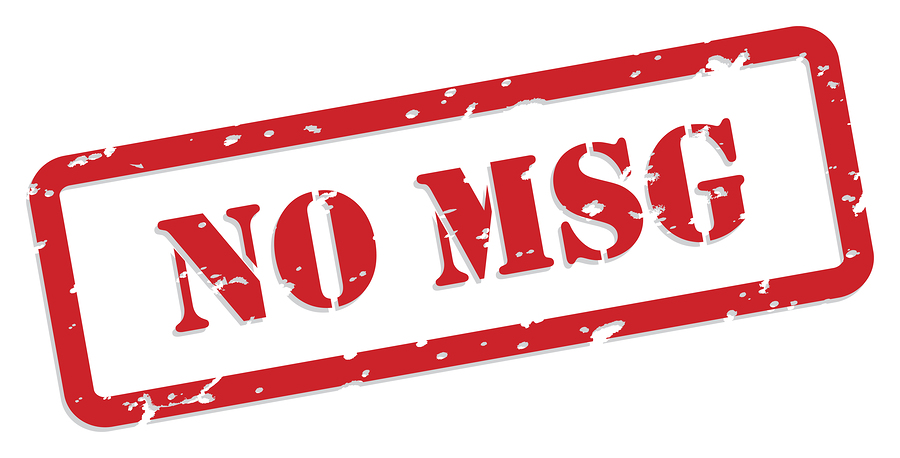- Make It Yourself Lavender Heart-Shaped Bath Bombs!
- 20 Things You Never Knew About “Down There”
- 12 Best Foods For Those Suffering From Arthritis Pain
- 12 Personal Hygiene Mistakes Almost Everyone Makes (Mom Never Told You About #4!)
- 15 Medicinal Plants And Herbs From The Cherokee People
- 12 Mind-Blowing Benefits Of Drinking Coconut Water During Pregnancy
- 12 Outstanding Winter Foods That Won’t Fatten You Up Like A Christmas Turkey
Foods Which Have Hidden Sodium Content
Why too much salt is bad for you?
Salt, or sodium, is associated with high blood pressure, mainly because it causes the body to retain fluid, which makes the heart work harder to eliminate fluid build-up, and results in higher blood pressure. High blood pressure, or hypertension, can lead to serious health problems like stroke, heart disease, or kidney problems. Even obesity can be related to it.
It is estimated that about 60 million people in the US alone suffer from hypertension. But it is really a global problem, and everyone can benefit from a low-sodium diet. Sodium is partly obtained from the table salt-shaker, and also from the high amount of salt added to prepared and processed foods.
How much salt should we eat per day?
The American Heart Association has recommended that a healthy person should eat around 2300mg (1 tsp) per day. People who have high blood pressure, diabetes, and are older than 51 years, should only be taking in 1500mg of sodium, which about ¾ of a tsp.
According to surveys, the average American eats around 3400mg, (2tsp) per day, which is quite substantially over the limit.
There is some research which shows that if everybody reduced their salt intake, the heart disease epidemic in the US would drop way down.
Continue to Page 2
Twelve foods which have hidden salt content
For hundreds of years, salt has been used as a preservative, and is often still used today to extend shelf-life. Many food manufacturers also use salt as a flavouring, often combined with sugar, to save costs on using other herbs and spices to make food taste better.
Surveys have indicated that approximately 75% of an individual’s salt intake daily could come from processed and packaged foods, as well as takeaways or restaurants. The humble table salt-shaker may only account for the rest.
Here are twelve of the common foods rich in hidden sodium.
- Bread and bread products like rolls, bagels etc, are relatively high in sodium. A large sandwich may contain up to .51grams, without taking the filling into consideration.
- Pastries and cakes are also high in hidden sodium, and just one donut may contain up to a third of your daily maximum daily intake. To make matters worse, these tasty items have quite a bit of added refined sugar as well.
- When buying pasta sauces, check the labels to see how much sodium has been added.
- To improve the very bland taste of ready-to-eat frozen meals, the manufacturers add plenty of salt and sugar to get you coming back for more to the detriment of your health.
- Canned soup is another product that the American Heart Association strongly advises that you avoid. Many soups contain up to a half teaspoon per cup, and as a can usually contains two cups, it can blow your entire daily sodium allowance.
- Beware of smoked fish like haddock and smoked salmon. Both are high in added salt.
- A chicken fillet is always marketed as very healthy. However, some crafty suppliers employ a process known as plumping whereby saltwater and chicken stock are injected into the raw chicken meat. This strange process theoretically enhances the flavour of the chicken and increases the weight, which means that the chicken you purchase may contain up to 30% saltwater. Of course because the fillet now weighs more, the supplier makes a killing.
- Processed meats like polonies and bacon are overflowing with sodium contents, and other preservatives, all of which are bad for your heart.
- Cheese is a significant source of dietary sodium, and even low-fat cottage cheese, can contain up to a half teaspoon per cup. Many people seem to be addicted to cheese, and it is often an integral part of any meal.
- Spicy, flavourful stock cubes, which are added to soups and stews, each contain up to one teaspoon of sodium.
- Veggie burgers may be a better option than a processed meat patty, but even the veggie kind have added salt for flavour, some more than others.
- Most restaurant and takeout foods are loaded for flavour with sodium, sugar and saturated fats, giving your health a triple chance to take a dive! A survey conducted by a consumer watchdog group, which analyzed adult-sized meals at ten popular chain restaurants, provided surprising results. Almost 85% of the meals tested contained up to 2 teaspoons of salt, which is about 2 days’ worth of sodium in one meal.
Avoiding processed foods which are so prolific in the market is no easy task. A good starting point is to read the labels, and opt for those with the lowest sodium content.
Continue to Page 3
Reducing your sodium intake
If we ate only fresh, whole and natural foods, sodium intake would be cut right down, but for most folk, it is just not possible.
One solution is to prepare as many meals for the family and yourself at home, where you have the control over what is added to the food. That way you will be able to work out, more or less, how much salt the family is ingesting on the home front.
Another solution is to always opt for low sodium foods, and use natural herbs and spices for seasoning instead of salt.
A big plus will be to reduce eating in restaurants to a minimum – and do the same with all the take-away foods that can make life so easy when you are tired or in a rush!
READ ALSO: America’s Salt Addiction In Numbers Infographic
Obesity is a serious problem in America, and most obesity is the result of eating junk food high in salt and sugar. Too much sodium is a silent killer, which is linked to hypertension – another silent killer.
Managing your salt intake can help to save your life by keeping high blood pressure and its dire consequences under control.
References:



































